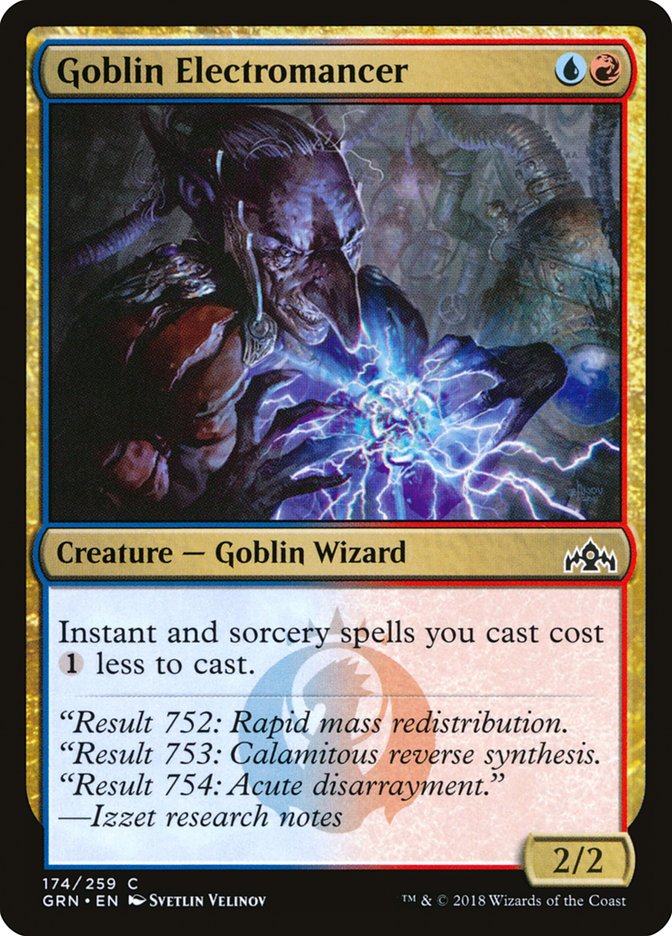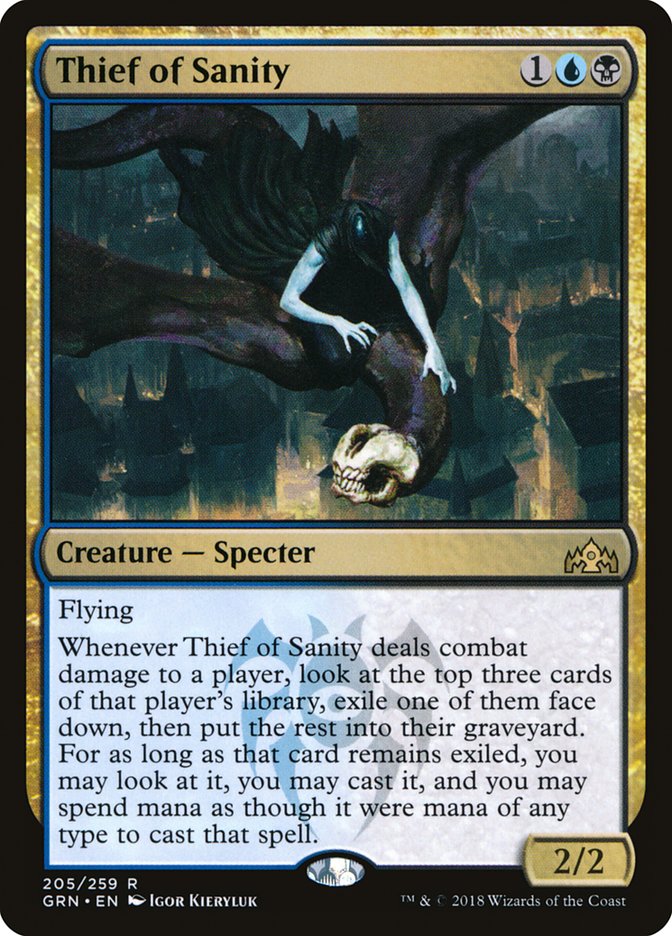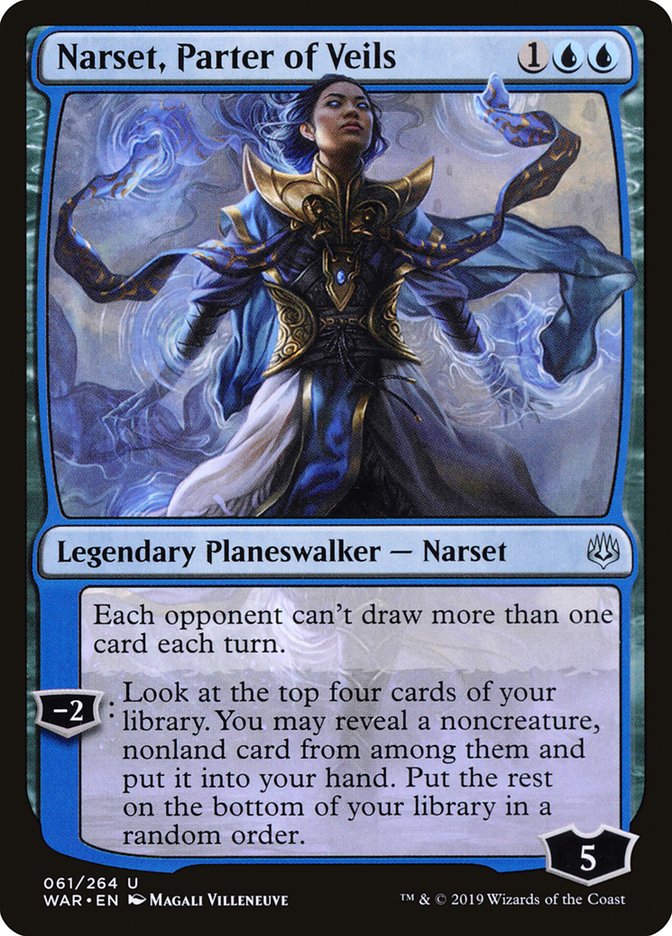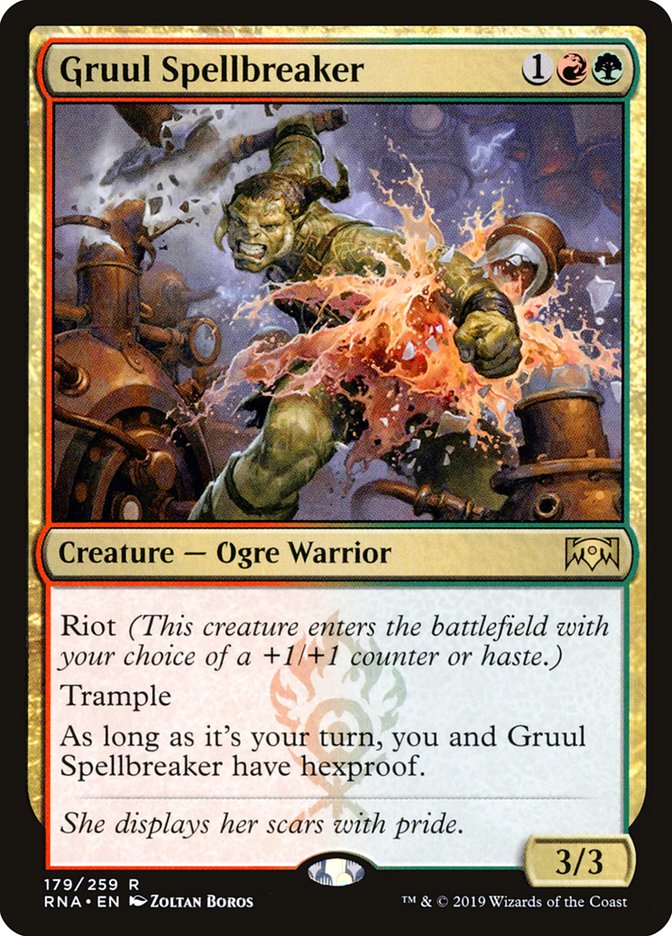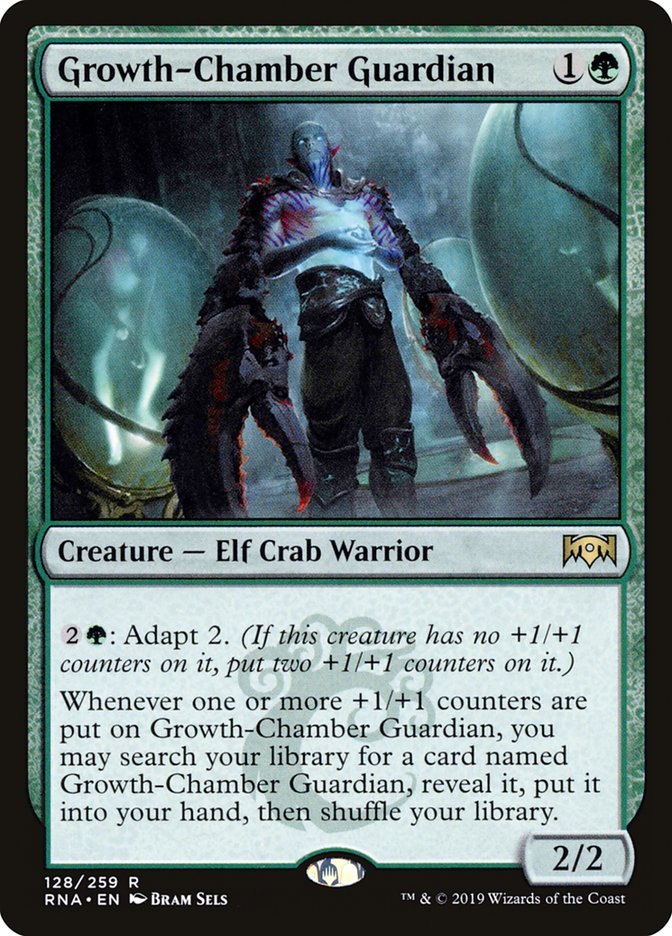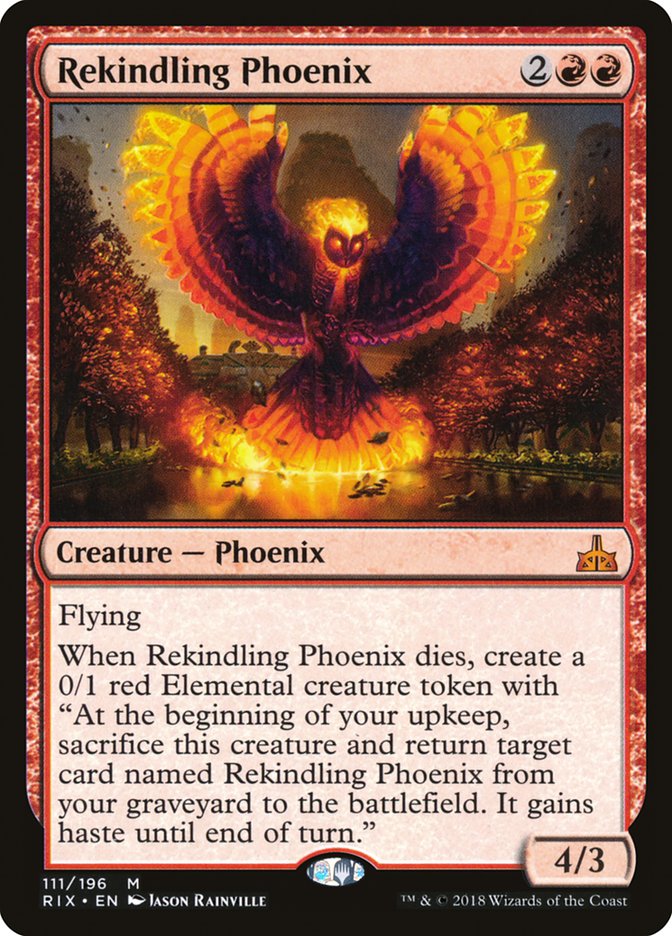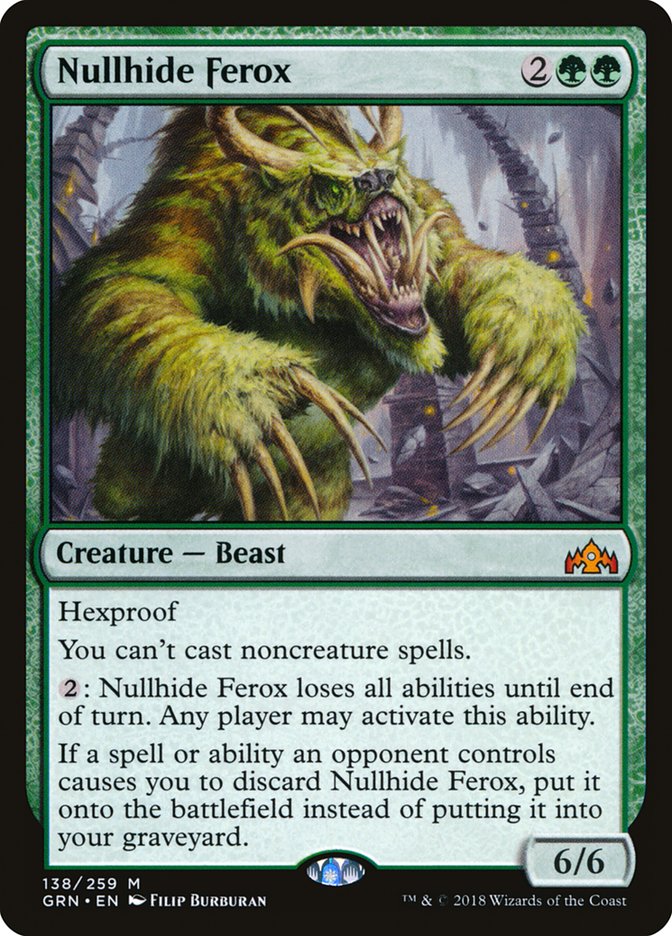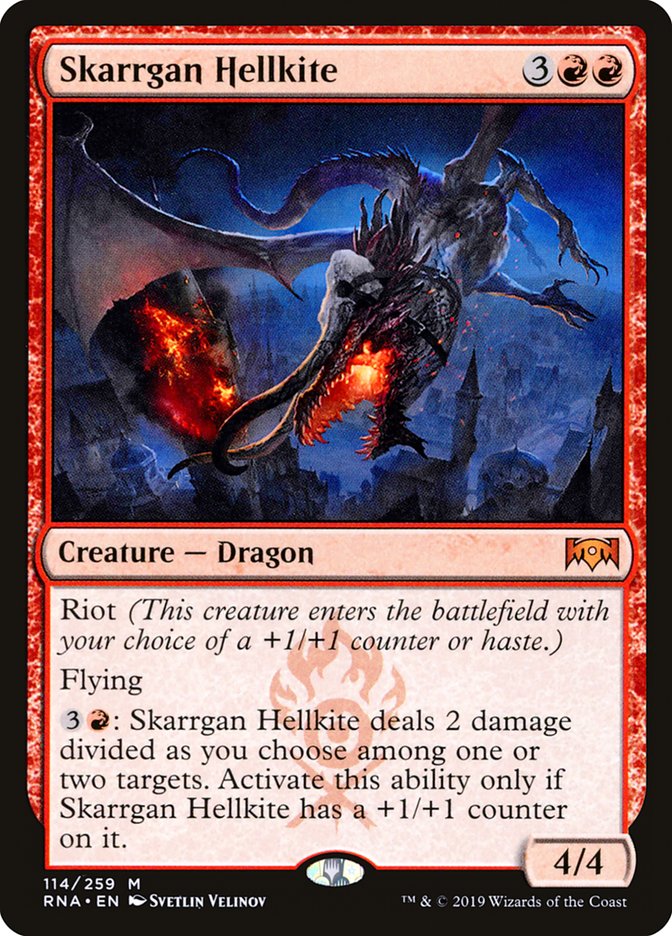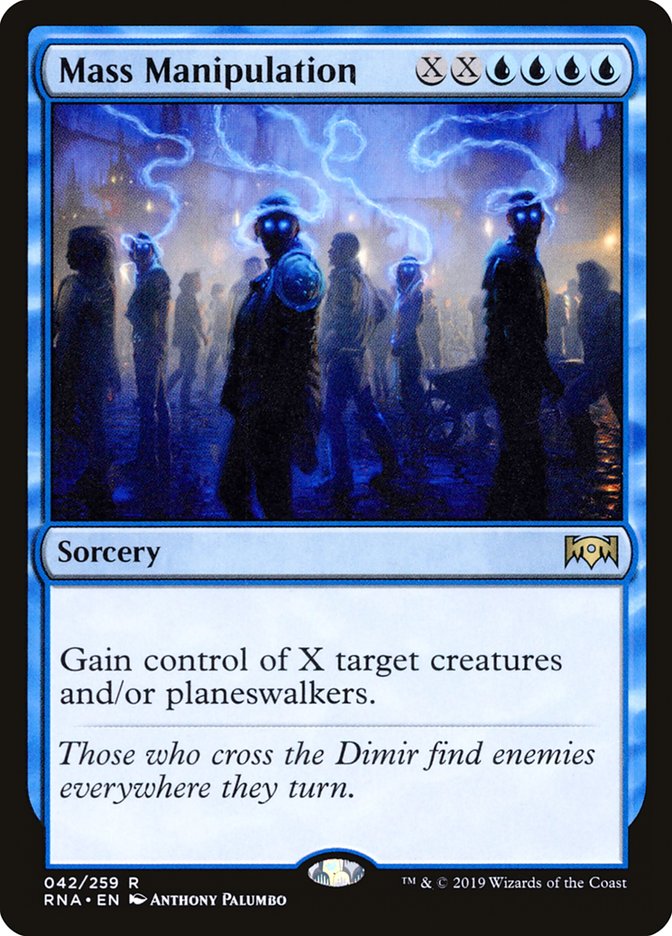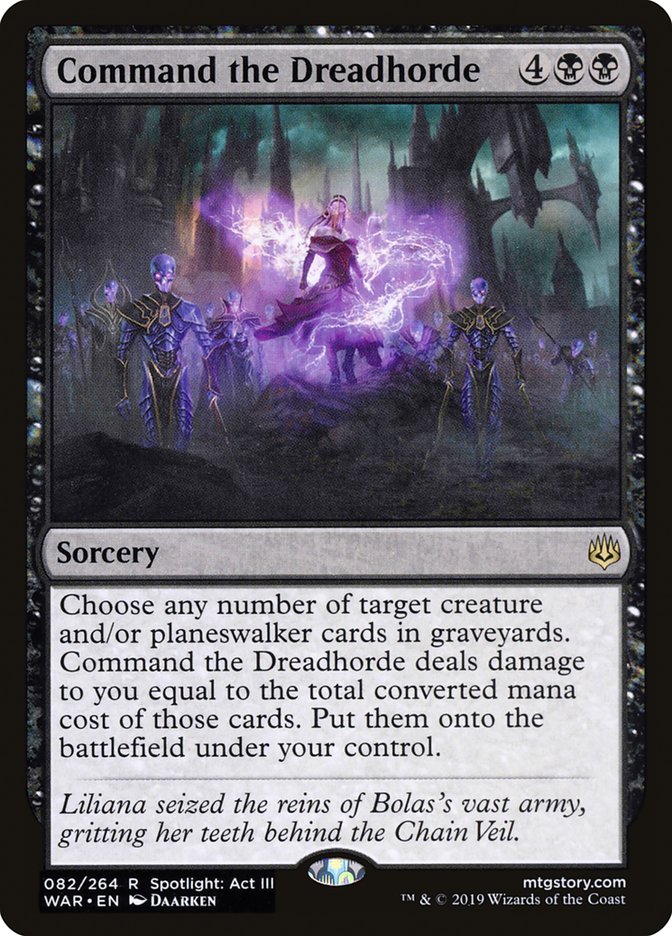Every time the Invitational rolls around, it seems like I am locked in on my deck choice for one format and completely lost in the other. Typically, I’ve been lost in the Standard portion, since before this year I barely had to play the format on the SCG Tour.
After five months of regular Standard Opens, I can now confidently say that nothing has changed. Standard at its best has always been a dynamic format, but War of the Spark has taken it to another level. If I tried to register my Week 1 deck at the Invitational, I’d be (rightfully) laughed out of the room. About the only thing I got right with that list was playing four copies of Teferi, Time Raveler.
I did a little better the second time around, though that list was mostly the work of Todd Anderson – and it doesn’t take much to convince me to play an Arclight Phoenix deck. It’s been a few weeks since these tournaments happened and the metagame seems completely different. We’ve moved from Simic Nexus to Esper Midrange/Control to Jeskai Superfriends to Command the Dreadhorde to various flavors of Gruul as the deck du jour and the only constant in the format has been Mono-Red Aggro.
It would be easy to adopt Mono-Red as a clear contender, but I agree with Brad Nelson, who wrote that Mono-Red Aggro has been able to take advantage of the initial instability in the Standard metagame for much longer than usual because this particular season has been so volatile. It’s only a matter of time before the metagame settles down and that deck declines, and I’m not going to get caught in that slide.
The way I see it, I have two options – Izzet Phoenix and Gruul Aggro. The vast majority of my success in Magic has come with aggressive blue decks and green decks built to utilize mana creatures. This Standard format has both, and I’m a strong proponent of sticking to what you do well, especially when you’re otherwise lost and short on time. Three days before a major tournament is not the time to think about expanding your range.
Of the two, I have more experience with Izzet, having played it through an Open, but there’s something in the back of my head telling me to play Gruul. I’ve learned over the years to trust my intuition more than I used to, but I still can’t help second-guessing myself. Izzet Phoenix is a ton of fun, and very powerful when the synergies are working, plus I’m a sucker for the novelty of registering Izzet Phoenix in both formats – wouldn’t that be such a great story if I won!
In order to escape my natural penchant for indecisiveness, here are the lists of each archetype I currently favor and my thoughts on each.
The Deck I Want to Play
Creatures (11)
Planeswalkers (2)
Lands (21)
Spells (26)

The God-Eternal Kefnets in the sideboard are a nod to both Mono-Red Aggro and Gruul, since they survive Lava Coil and can check a Rekindling Phoenix or 4/4 Skarrgan Hellkite. The only other change I’ve made is to move away from Discovery and toward more copies of Tormenting Voice to further help Finale of Promise, which is absolutely phenomenal in the deck.
I would love nothing more than to lock this deck in now and prepare for a weekend full of cantripping, Phoenixy goodness. But there are several things that worry me about registering the deck in Standard.
First is that Goblin Electromancer isn’t surviving as much these days. Between Mono-Red Aggro, Jeskai Superfriends, and Gruul Aggro, there are a ton of Shocks in the metagame right now, and that’s bad news for Grizzly Bears. The decks that aren’t playing Shock are typically trying to go way over the top, like this Bant Mass Manipulation list or the various Command the Dreadhorde decks. Izzet Phoenix plays some counterspells in the sideboard, but for the most part it’s slowing down their mana development with removal and hoping to race.
And unlike the Modern deck, Standard Izzet Phoenix isn’t usually winning before Turn 6 or so. There’s no Thing in the Ice to transform on Turn 3 and the cantrips aren’t nearly as efficient, so finding more than one Arclight Phoenix in the early turns is rare. Izzet Phoenix has historically been behind to Simic Nexus and I look at these other decks as having a similar matchup dynamic.
Second is that the metagame conditions which led to me picking it up are largely gone. The various planeswalkers have turned around a once-abysmal Esper Control matchup, but that deck has disappeared. I was also happy to play against various midrange decks like Esper and Grixis because Izzet Phoenix is great at attacking planeswalkers and answering small creatures. Esper Midrange may have won the Grand Prix in the hands of Ben Friedman, but his list is better-situated for the matchup by cutting Thief of Sanity for Narset, Parter of Veils and having more removal for Goblin Electromancer.
I’ve played significantly more matches with this deck than with Gruul, but I’m worried about it how it will adapt to the influx of green decks into the metagame. Wildgrowth Walker is a problem unless you answer it immediately, and the same thing can be said about the big creatures out of Gruul. I’ve added the Beacon Bolt back to the maindeck to help against these creatures, but there’s only so much this deck can do to adapt because it needs to play lots of spells it can cast proactively to enable Arclight Phoenix.
The cantrips help you find your limited answers more consistently, but the time you spend casting those cantrips can be costly. Plus, these decks have so many creatures you need to Lava Coil, sometimes you just run out of answers.
The red removal has been favored for most of this Standard season because burn spells can help take down planeswalkers, but that has led to a hole in the metagame in answering large creatures. Those creatures have heretofore been held in check by the power of Teferi, Time Raveler and other planeswalkers that answer or bounce them while sticking around, creating a massive tempo advantage, but that problem isn’t too difficult to solve. You just need to find the right big creatures for the job.
The Deck I Should Play
Lost in top 8 of my MCQ with Gruul. Put in a lot of work on the deck this week so was at least glad to see my online results translate a bit. Time to get ready for #SCGCON! pic.twitter.com/Sz90vgan8z
— Dylan Donegan (@DylanD_MTG) June 1, 2019
I have two previous Invitational Top 8s. In both of them, my Standard deck of choice was a Gruul Aggro deck with eight mana creatures. Past success is no guarantee of future success, but when it comes to Standard, the power is often concentrated in the three- to five-mana threats, not the cheap spells, so of my two bread and butter archetypes, the green aggro decks have been more successful.
What scares me about Gruul is there are so many ways to build it. There are planeswalker-heavy lists that supplement Domri, Anarch of Bolas with Chandra, Fire Artisan and Sarkhan the Masterless. Lists that cut way down on planeswalkers in order to play The Immortal Sun. And lists that cut down on mana creatures to play Thorn Lieutenant against Mono-Red Aggro.
Beyond Gruul Spellbreaker and Growth-Chamber Guardian, it seems like every threat slot in the deck is up for debate. Legion Warboss is commonly played since it pressures planeswalkers so well, while Ripjaw Raptor has picked up since it’s excellent against Mono-Red Aggro and synergizes nicely with Domri, Anarch of Bolas. There are many options here, and with Standard in such great flux, finding the right configuration is tough.
But I’m a big fan of Dylan’s list above, which he used to make the Top 8 of a MCQ last weekend. With the rise of both Gruul and various Command the Dreadhorde decks which utilize the explore package to bolster its life total, attacking on the ground is getting much tougher. That makes Legion Warboss much worse, along with mopey two-drops like Thorn Lieutenant. They are going to get outclassed.
Dylan’s list instead goes bigger with more acceleration, the full eight flyers, and the biggest ground creature possible in Nullhide Ferox. The huge, hexproof body will be excellent at taking down planeswalkers, even on a cluttered battlefield, and is difficult to remove, since most decks are relying on playing and activating a planeswalker to take out large creatures – the numbers of cards like Cast Down are way down right now.
Where these deckbuilding choices sacrifice is against Mono-Red Aggro, where the additional one-toughness creatures leave you more vulnerable to Goblin Chainwhirler, though if you’re able to get a use or two out of them and land a big creature, it might not matter much. In the matchup, Gruul needs to take an aggressive posture, since Experimental Frenzy and Chandra, Fire Artisan will take over the late-game, and the emphasis on flyers and Nullhide Ferox lets this version turn the corner more quickly than others.
With more hard-hitting creatures, I think the Gruul deck can stand toe-to-toe against other green decks more readily than Izzet Phoenix, and I expect this weekend to be much heavier on Forests than the recent weeks in Standard.
But ultimately, both of these decks are built around utilizing creatures with haste and/or flying alongside burn spells to ensure they match up well against planeswalkers. The metagame really has coalesced entirely around these powerful planeswalkers, with midrange and control decks playing them, aggressive decks leaning on haste and evasion to attack them effectively, and now various decks that try to ignore the inevitable attrition war with haymakers like Mass Manipulation and Command the Dreadhorde.
Both of these decks take the aggressive approach, yet have the ability to win a longer game with some powerful top-end cards, whether Crackling Drake or Skarrgan Hellkite. They’re both relying on red removal to help against planeswalkers and Mono-Red Aggro, while letting Lava Coil and a few select cards do the heavy lifting against larger threats.
Maybe it’s the similarity between the two decks that has me so indecisive. In that case I should be looking for the differences. Where Izzet Phoenix is synergy-laden, largely keying off an early Goblin Electromancer or Saheeli, Sublime Artificer to stick so that it either churns through its deck more quickly or develops its battlefield while doing so, Gruul is more straightforward, simply looking to curve out with good creatures and removal.
In the previous few weeks, we’ve seen the metagame adapt Izzet Phoenix with more creatures that match up well against red removal, and I don’t expect the metagame to get much more hateful than it is now. Gruul is the bigger question mark there because it’s newer to the scene. Do we see a return to cards like Cast Down and Kaya’s Wrath that clean up against decks that curve Llanowar Elves into Skarrgan Hellkite? If not, I’ll go with my head and play Gruul. But if I see the metagame shift that way in the coming days, then I’ll be following my heart and registering Izzet Phoenix in every format.



